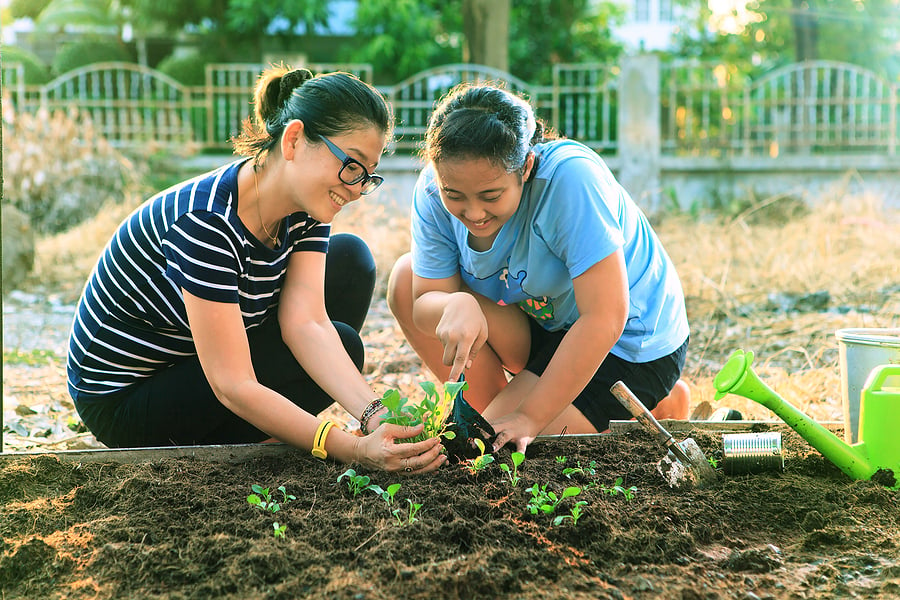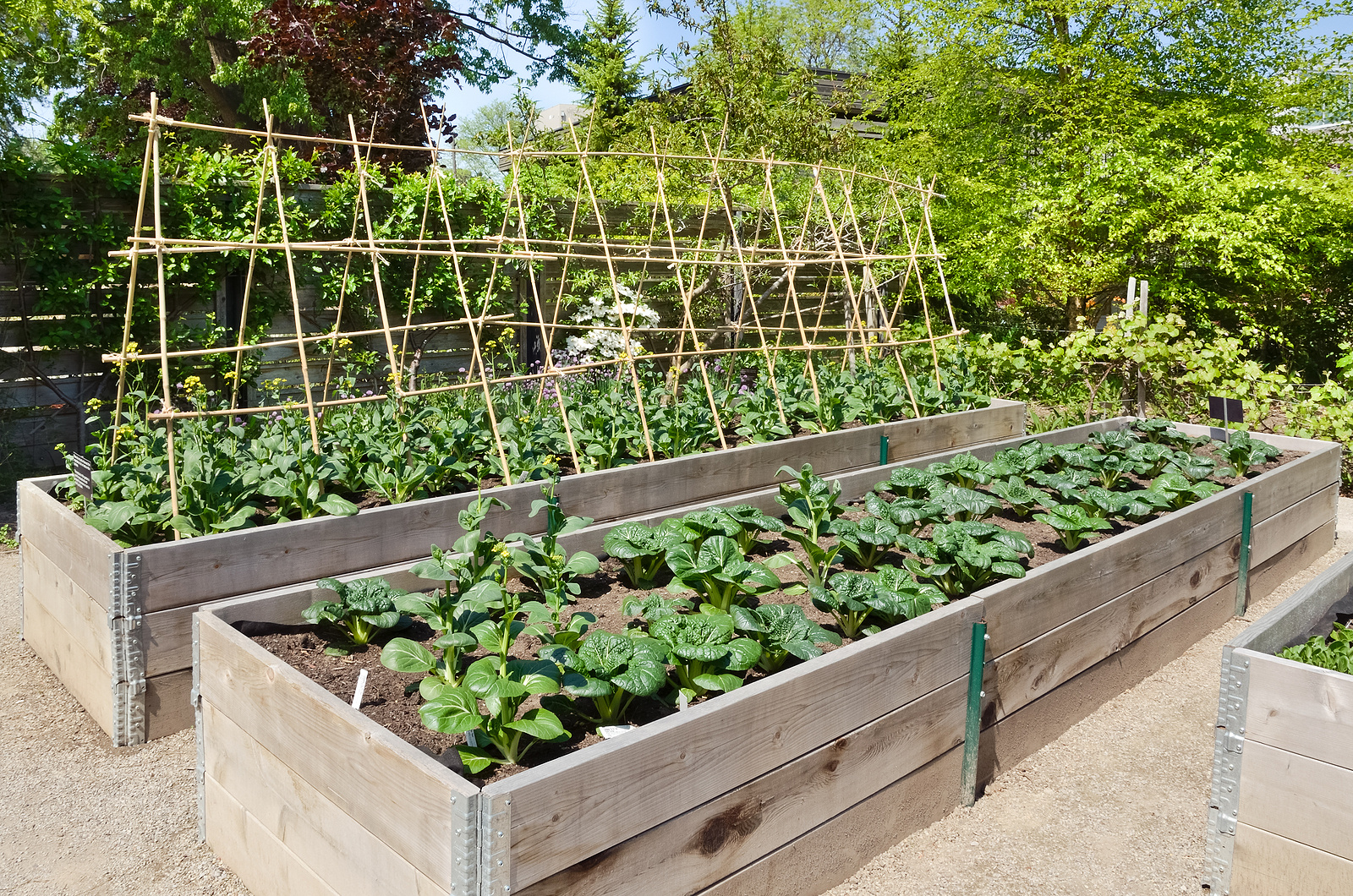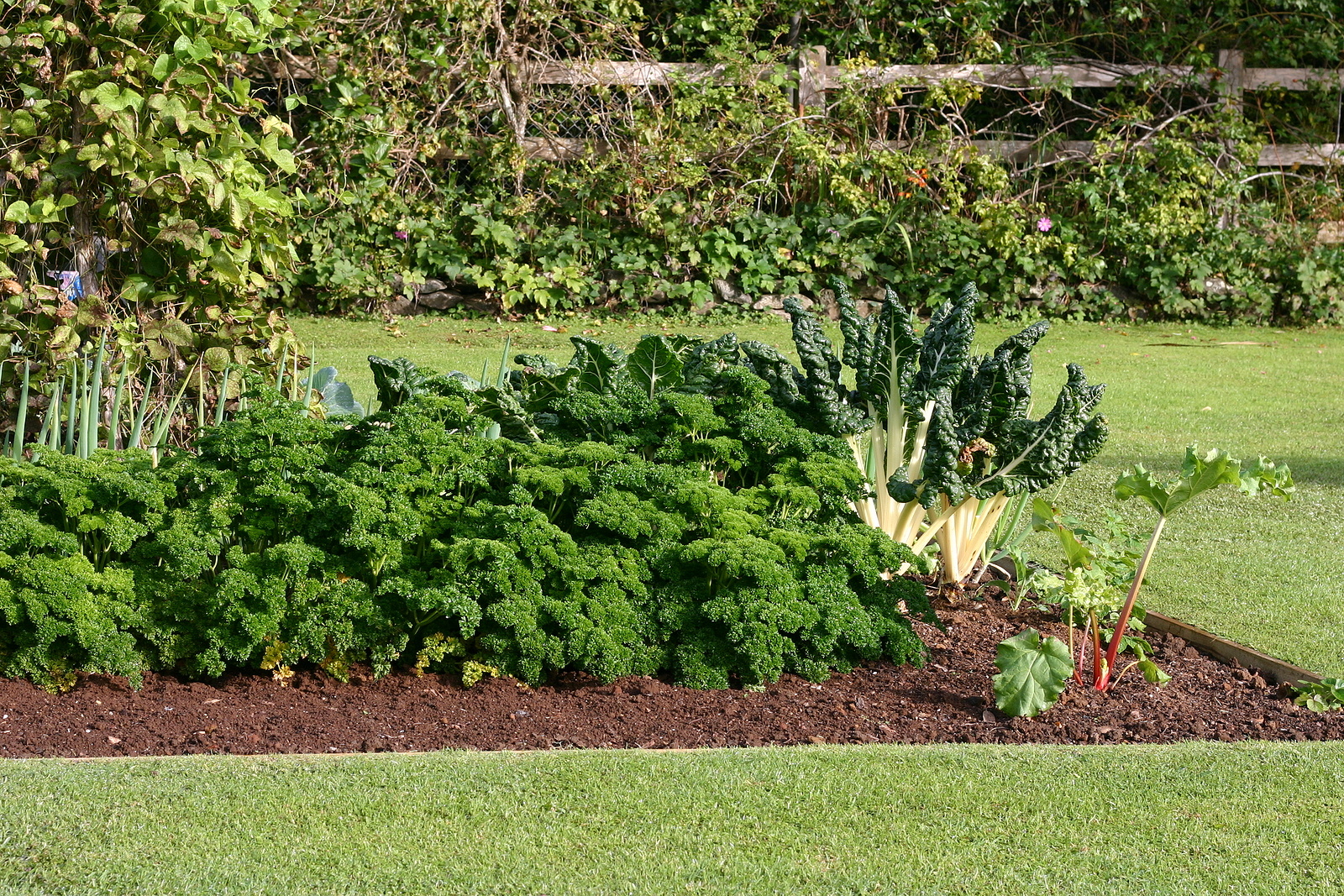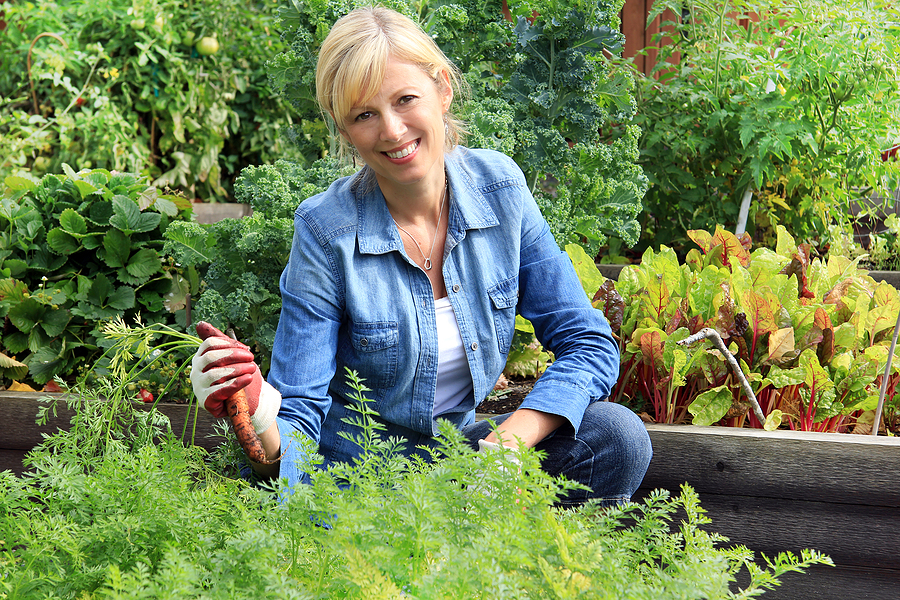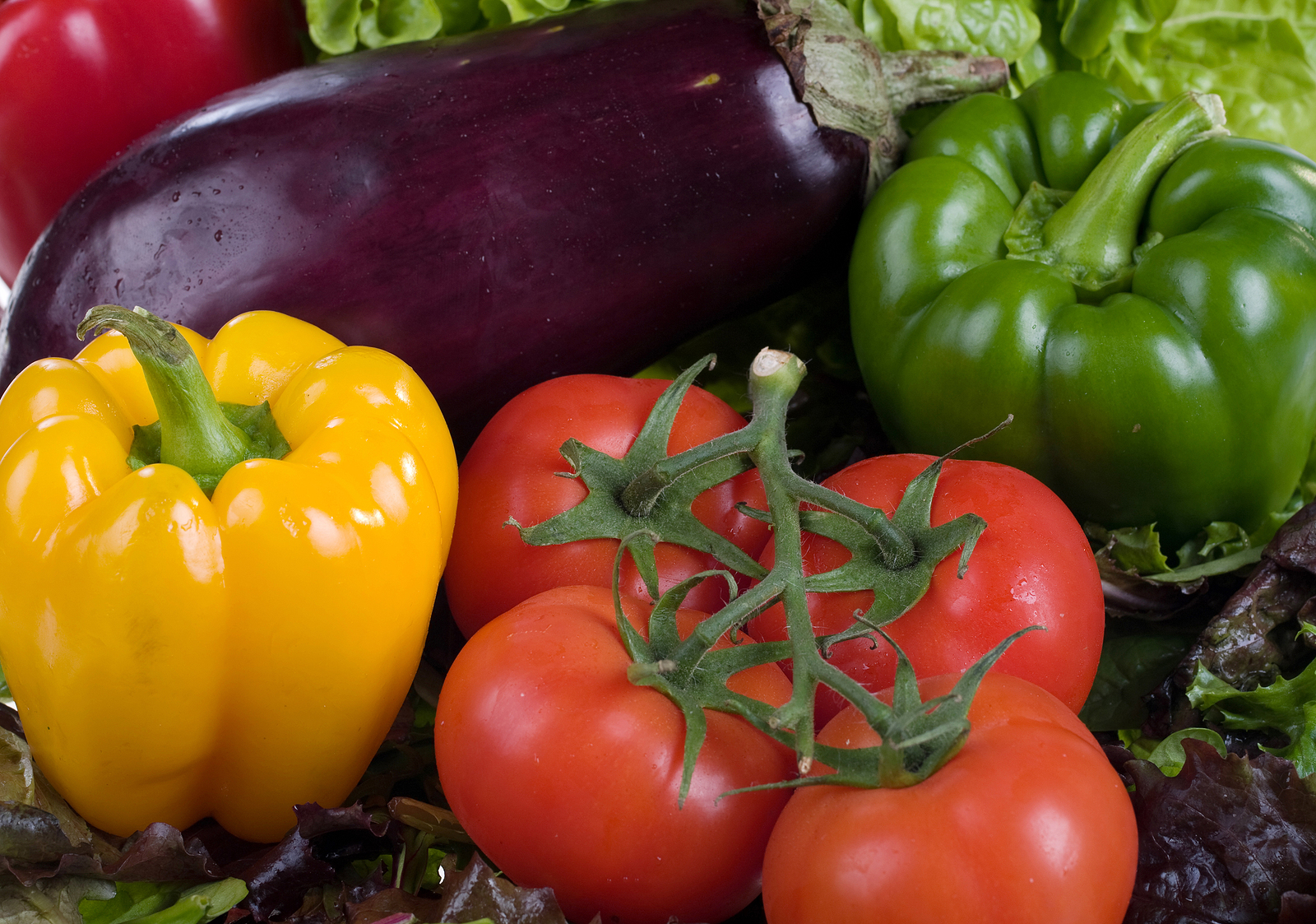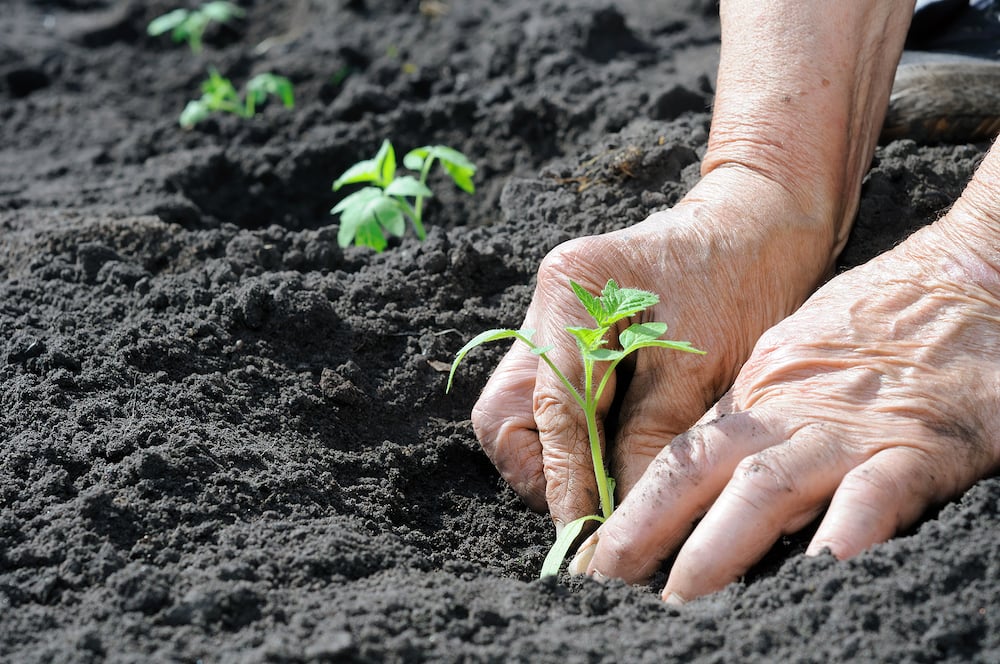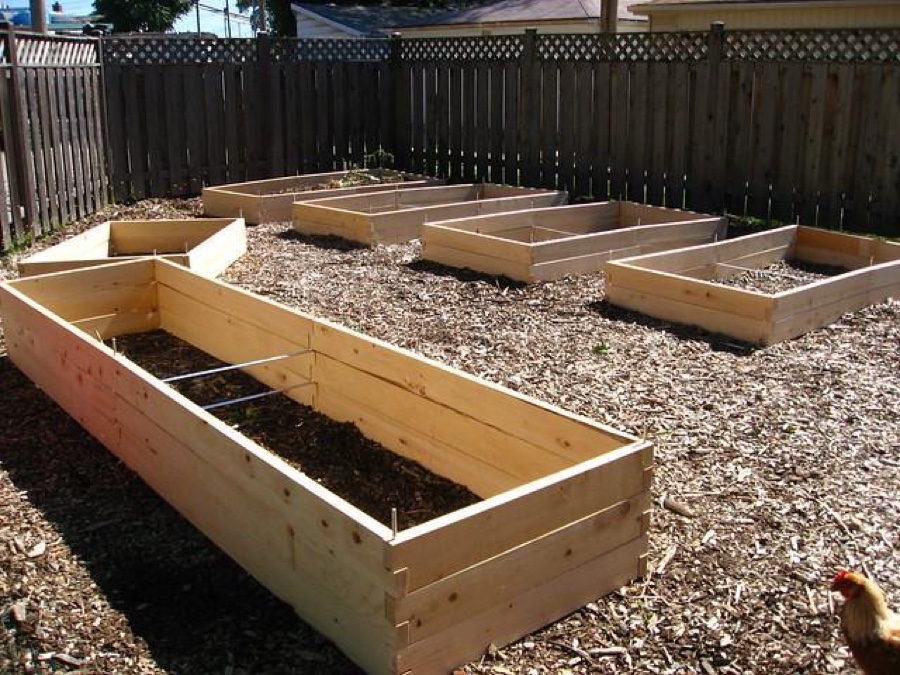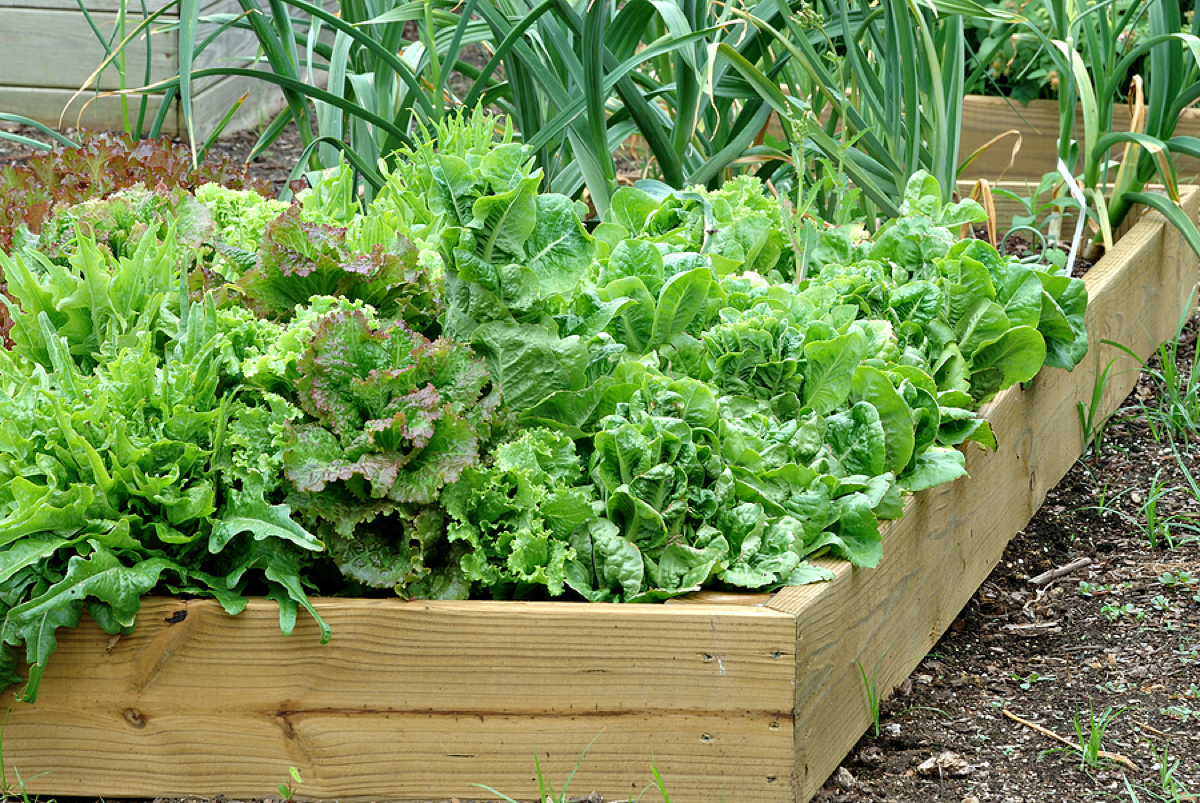While screens offer families a chance to unwind and relax, as we all know, they’re not without their drawbacks.
If you’re searching for a family activity that will inspire your family to actually put down their devices and spend time together, we have a great idea: Plant a vegetable garden.
A home vegetable garden is a fun and educational project that can be enjoyable for the whole family. Even children as young as toddlers can be given simple caretaking tasks, like watering, making it one of the ever-elusive activities suitable for families with a range of ages, skills and interests.
Here are some of the top reasons to consider beginning a first-time vegetable garden together as a family:
It encourages healthy eating habits.
Having easy access to a tasty crop of veggies growing just outside your door is an excellent way to encourage all members of the family to eat more fresh produce. Including children in all aspects of the process, from selecting the plants as transplants or seed packets to tending to the vegetables, also can help them become more enthusiastic about trying new foods.
Growing less familiar vegetables, like beets and turnips, alongside more common favorites from the grocery store like cherry tomatoes, cucumbers and summer squash, is a great approach to creating your new garden.
Keep in mind that even if you have a small space to allocate to your garden, many families can fit a few garden beds for growing vegetables and fruits like tomato plants, pumpkins, zucchini and melons. You can complement the space with container gardens for herbs like chives and parsley, or even flowers.

It provides learning opportunities.
Growing your own vegetables is a valuable hands-on learning opportunity that will let your family dive into questions like:
- What are the best vegetables for your growing zone?
- How many square feet of garden space are needed for your plants to grow and thrive?
- What are the benefits of companion planting?
- How many hours of direct sunlights do your vegetables require?
- What materials are needed to stake your plants?
You’ll also be able to explore big-picture concepts, such as plant biology, soil health and sustainable practices, helping your family learn more about the world around them.
It increases time spent outdoors.
Your garden has many health benefits beyond the excellent nutrition you’ll receive from your backyard harvest. Growing vegetables in your yard is an ideal way to get your family outside in the fresh air and enjoying the sunlight together.
You’ll also get physical activity and exercise through tasks like tending to raised beds, mulching, weeding and completing other gardening tasks. And much like vegetable plants thrive in direct full sun, your family will benefit from lots of exposure to natural sunlight, too.
It teaches problem-solving.
Gardening comes with many challenges: pest control, plant diseases and weather fluctuations. When you begin a vegetable garden, each member of your family will learn valuable skills in addressing problems and identifying solutions throughout the growing season.
- What should you do to eliminate harmful pests while still supporting beneficial insects and pollinators?
- How can you improve your garden soil’s health by adding organic matter like compost?
- How can you make sure your garden is getting enough water, whether you’re using a soaker hose, sprinklers, rainwater collection or another method?
To tackle these issues, your family will learn how to seek out and explore resources that can help, such as video tutorials or beginner’s guides on how to start a vegetable garden.
It promotes individual creativity.
There’s a lot that goes into creating a home garden, which means that it offers plenty of opportunities for each member of the family to put their individual stamp on it. No two backyard veggie gardens are the same — choosing plants, planning the garden layout and undertaking DIY projects like building and painting trellises all are ways to foster creativity within the garden space.
A vegetable garden also is an excellent way to add texture and color to your home’s landscape, further customizing it to your personal style. Plants with varying heights, colors and shapes can be combined to create contrast and vibrancy.
It offers quality bonding time.
Today’s world, full of distractions, makes it increasingly difficult for families to find chances to have meaningful conversations together. Time spent in the garden is an opportunity for you to talk one on one, catch up on each other’s lives and share stories. This is an especially great benefit if you have older children who are sometimes reluctant to have an in-depth chat.
It helps you celebrate achievements.
At long last, the end of a successful growing season comes the best part of beginning a vegetable garden in the first place: harvesting the results of your hard work. Making a meal with fresh vegetables and fruits from your own backyard is an incredibly satisfying accomplishment. And the fact that you accomplished it together, as a family, will make the entire experience all that much more rewarding.
To learn more about starting a home vegetable garden, please download our free ebook, The Backyard Bounty: A Beginner's Guide to Growing Fresh Food, Saving Money and Enjoying Nature.


